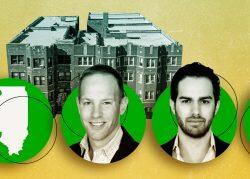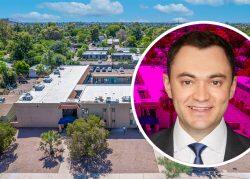Noah Birk and Aaron Sklar of Chicago multifamily brokerage Kiser Group, who assumed they had little chance of matching last year’s record 73 sales, say they’re in pole position six months through 2022.
They’ve closed 43 deals and have dozens more under contract and say that Chicago’s South and West Sides are drawing interest from investors who are getting squeezed out of Sun Belt markets by rising interest rates.
“The Southwest was the area where people went for yield,” Birk said in an interview. “That’s become an area where people are solely depending on appreciation at this time. People who used to be yield investors down there are coming to the Midwest now, and Chicago is the pinnacle.”
Chicago’s midmarket multifamily assets have traditionally been viewed as secure cash flow investments rather for the possibility of high appreciation. That means shrinking spreads between prices and rental income aren’t hurting landlords in the Midwest as much as in Sun Belt markets where the margins were already tightening as populations increase.
The Birk Sklar team has moved 550 units across the nearly four dozen deals this year as buyers who’ve been active on both coasts in addition to the Southwest have flocked to Chicago. Cap rates, a measure of rental income compared to purchase price and operating costs, have tightened in coastal markets, they said.
Investors in South and West Side Chicago properties have traditionally been able to hit margins of up to 15 percent with cash flow. North Side properties have offered thinner cash flow, pricing out some investors as interest rates rise.
“Markets like the South Side of Chicago and the West Side, your yield, your cash flow, your cap rates are already far superior and higher than neighboring pockets, like the North Side and northwest suburbs,” Sklar said. “It’s a lot easier to squeeze down those margins when they are 10 to 14 percent than when they are 5 percent in an area like Lincoln Park.”
Read more


